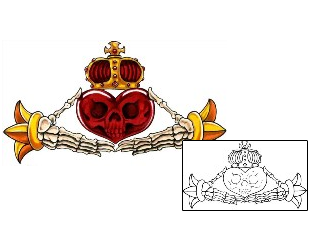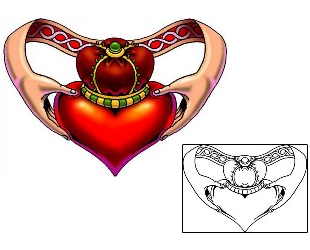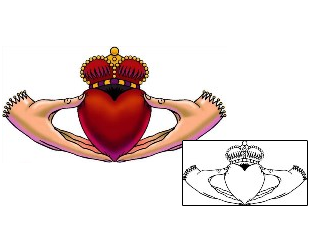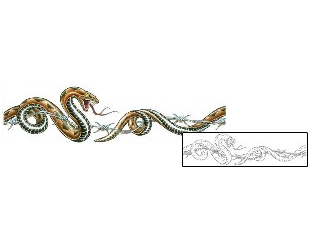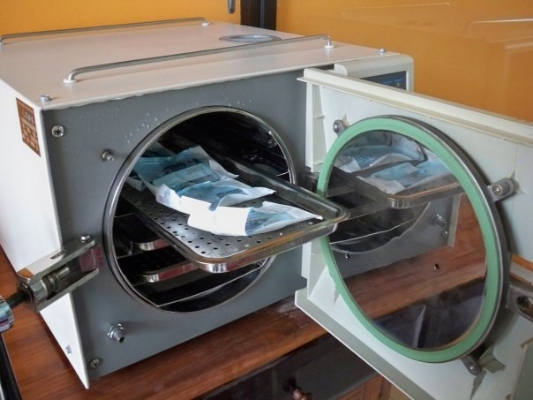There are many stories about the origin of the Claddagh ring but the popular one tells of a prince who fell in love with a common maid. The maid's father was leery of the princeand to convince the man of his honorable intentions, the prince designed the ring and presented to the girl. Once the prince explained the meaning behind the ring, the father gave the couple his blessing.
Claddagh rings or just the design shows up as an element of many Celtic or Irish tattoos. It symbolizes romantic love, as well as friendship. It also represents a love that conquers all or one that is bigger than confines of time or distance.


